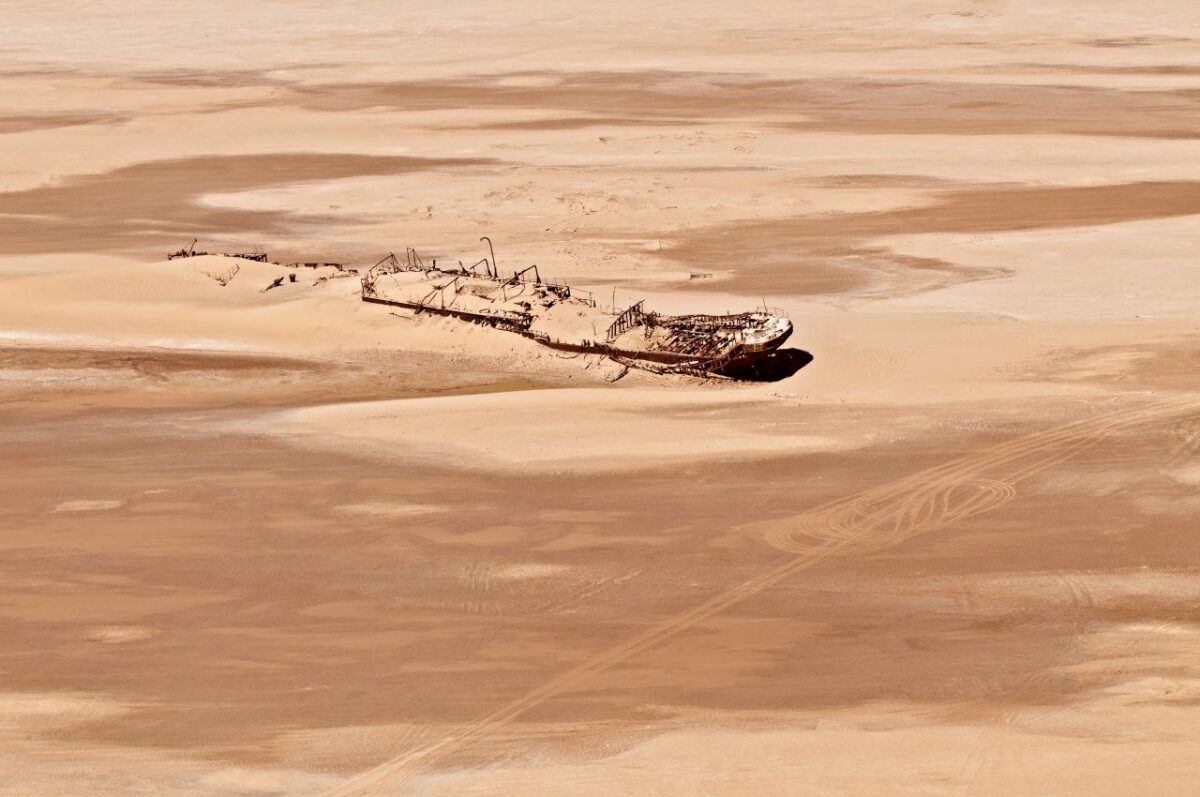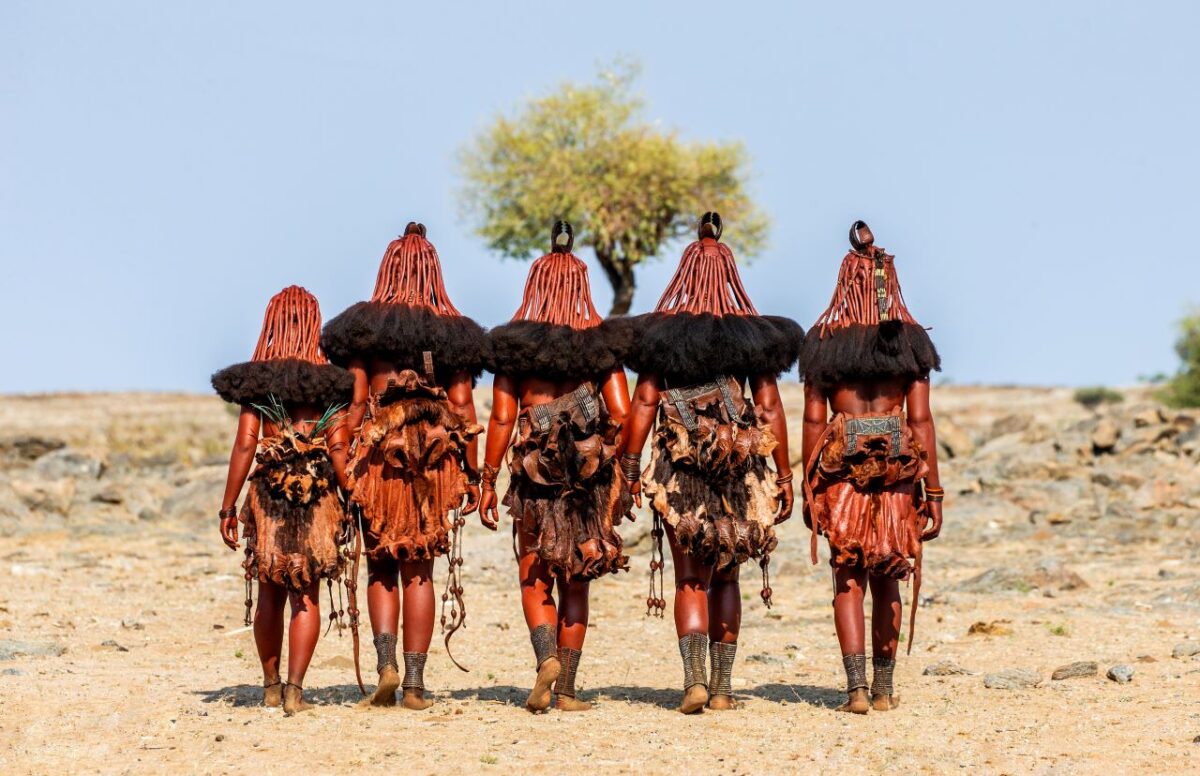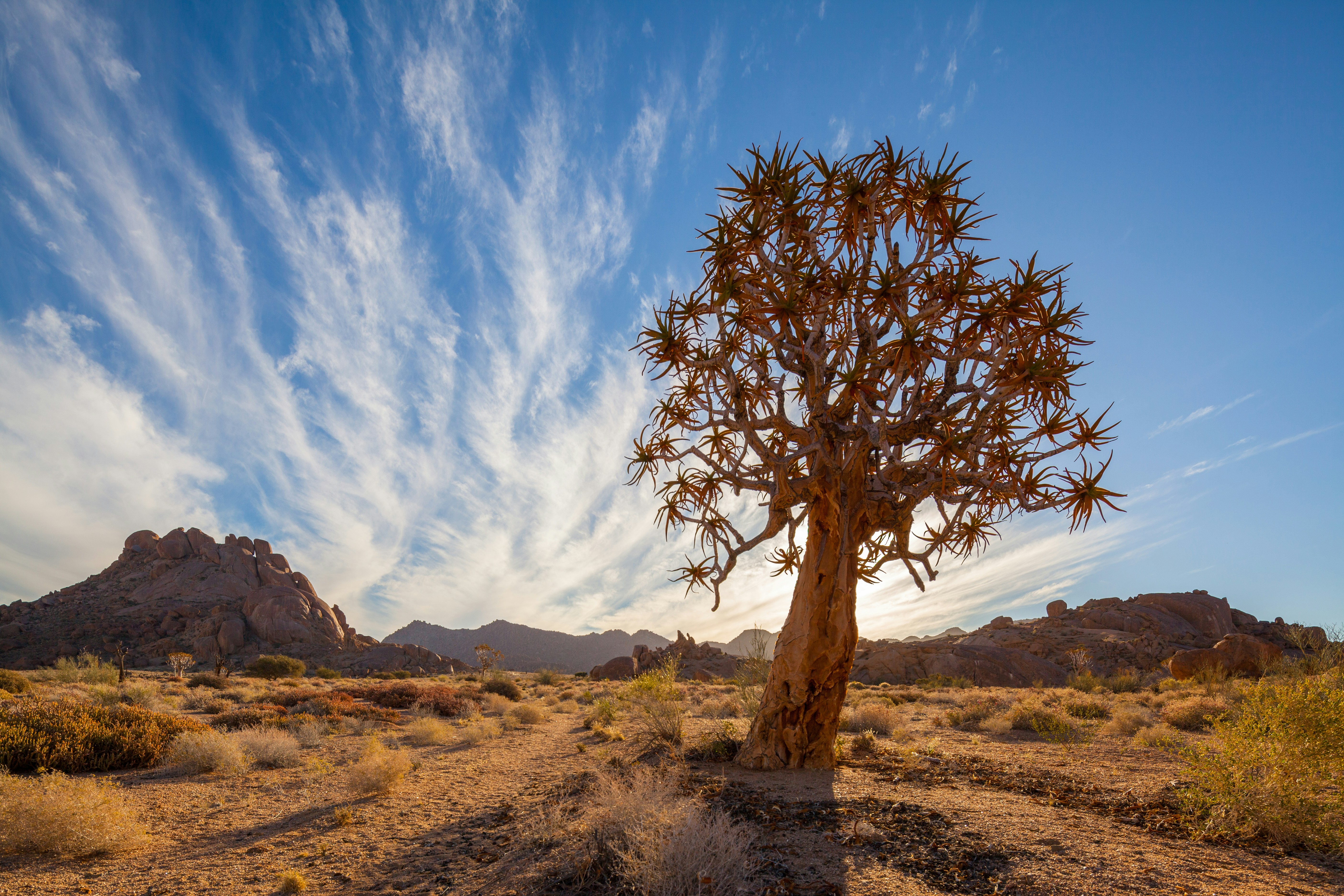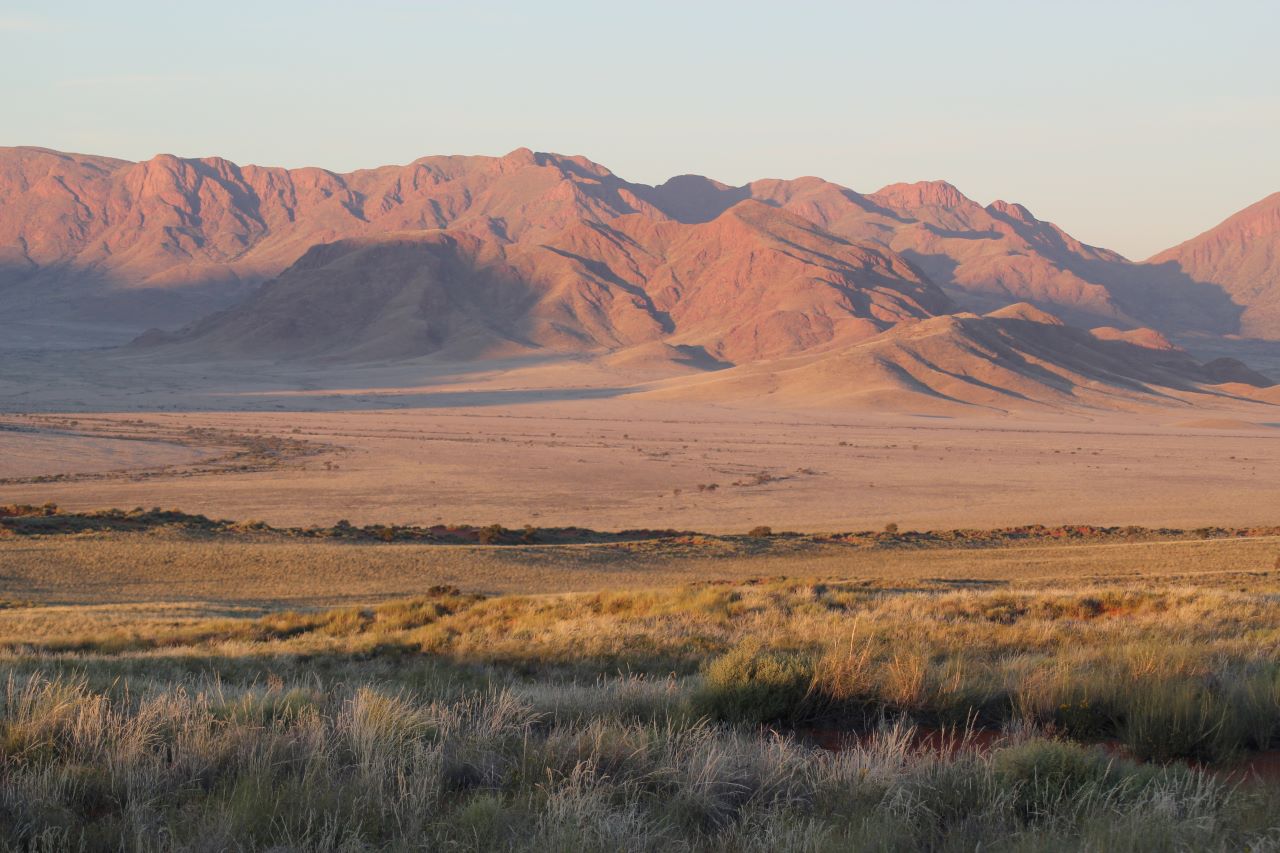Uncover the Secrets of Namibia’s Skeleton Coast
Welcome to Skeleton Coast National Park, a windswept and enigmatic stretch along Namibia’s north-western shoreline. Spanning roughly 500 kilometres from the Ugab to the Kunene River, this remote wilderness marks the edge where the Namib Desert crashes into the icy Atlantic Ocean.
A Land of Stark Contrasts
This coastal expanse is famed for its haunting beauty and surreal landscapes. Towering dunes plunge into the sea, while wind-scoured plains are scattered with ghostly shipwrecks and sun-bleached bones—a nod to the park’s name and its whaling-era past. The Skeleton Coast’s eerie charm lies in these juxtapositions: silence and surf, solitude and struggle.
Life in the Harshest Places
Despite the barren terrain, life clings on. Along the shore, Cape fur seals gather in raucous colonies, while inland, desert-adapted lions, elephants, and elusive brown hyenas roam the dry riverbeds. Twitchers might spot rare birds like the Benguela long-billed lark or Damara tern, each uniquely adapted to this otherworldly ecosystem.
What Not to Miss
Cape Cross Seal Reserve: Just south of the park boundary, this reserve is home to one of the world’s largest seal colonies—a smelly, noisy spectacle you won’t forget.
Shipwrecks: The rusted remains of vessels like the Eduard Bohlen and Zeila lie half-buried in sand, frozen in time and engulfed by the shifting coastline.
Hoarusib River Delta: Here, desert wildlife congregates during the dry season. Guided trips reveal how these creatures endure in such unforgiving conditions.
For the Adventurous Spirit
There’s no shortage of thrill here:
Guided Tours: Licensed guides offer insight into the park’s geology, ecology, and shipwreck lore.
Scenic Flights: Experience the raw expanse from above—dunes, wrecks, and whale-bone beaches from an eagle’s-eye view.
Photography: Dramatic light, ever-changing textures, and unique wildlife make this a paradise for serious photographers.
Hiking & Camping: For the truly intrepid, multi-day camping safaris let you immerse yourself in this silent realm.
Fly-in safaris are also an excellent option, especially for those wanting to explore the northern, more protected areas of the park—accessible only through licensed operators. These exclusive journeys offer deep solitude and a chance to witness Namibia’s most untouched coastal wilderness.
When to Visit
The best time to visit Skeleton Coast is between May and October, when temperatures are cooler and wildlife sightings are more frequent. From November to April, the rainy season can make travel more challenging, with some areas inaccessible.
Before You Go
Permits: Entry to the park and guided excursions require permits—book ahead, especially during peak travel periods.
Safety: Respect the natural environment. Weather and isolation demand a cautious approach.
Where to Stay: Accommodation within the park is limited and usually part of all-inclusive lodges or safari packages. Nearby towns like Swakopmund or Palmwag offer more options before or after your visit.
Looking for Culture Too?
While the Skeleton Coast is largely uninhabited, areas to the north and inland are home to the Himba people, whose traditional semi-nomadic lifestyle and ochre-covered appearance are deeply rooted in this harsh land. Licensed cultural experiences in nearby regions offer a respectful window into their lives.
Ready to Explore?
A journey to Skeleton Coast National Park promises raw beauty, deep solitude, and unforgettable moments etched by nature’s extremes. Whether you’re drawn to the mystery of old shipwrecks, the challenge of navigating one of Earth’s most isolated coasts, or the quiet resilience of its wildlife, this is Namibia like nowhere else.
Plan Your Skeleton Coast Adventure
We’ll help you explore this remote gem with ease—whether you’re venturing out on a self-drive safari, joining a fully guided expedition, or flying into an exclusive fly-in lodge. Let us craft your ideal itinerary.
Get in touch to start planning today.







